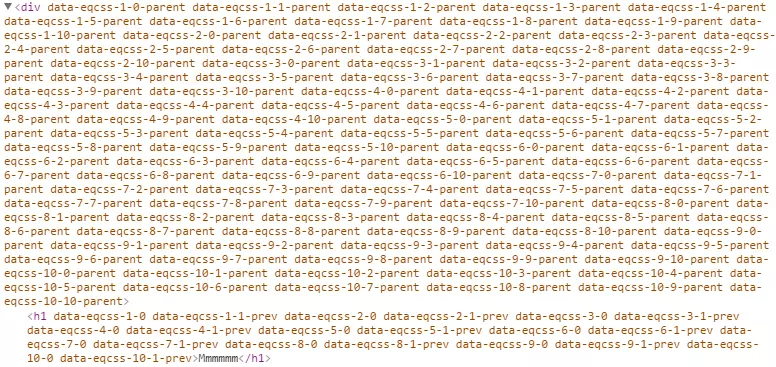
This article explores element queries, a powerful technique extending responsive design capabilities beyond traditional media queries. Unlike media queries that react to viewport dimensions, element queries allow styling based on individual element properties like width, character count, or scroll position. This enhanced responsiveness is particularly beneficial for creating reusable components and handling dynamic layouts.

This article was peer-reviewed by Adrian Sandu, Giulio Mainardi, and Tom Hodgins. Thanks to SitePoint's peer reviewers for their contributions.
Key Advantages of Element Queries:
Why Use Element Queries?
Element queries address limitations of media queries in scenarios where individual element properties, rather than viewport dimensions, dictate styling needs. Consider these examples:

Introducing EQCSS:
EQCSS.js is a JavaScript library enabling element query implementation across modern browsers, including IE9 . Its syntax mirrors media queries, simplifying adoption. While powerful, be mindful of performance; overuse can impact responsiveness, especially in Firefox and Edge.
Getting Started with EQCSS:
Include EQCSS.js: Add the EQCSS.js file (available via CDNjs or GitHub) to your HTML. For IE8 support, include the necessary polyfill.
Write Element Queries: Use the @element directive followed by selectors and conditions, similar to media queries.
@element ".content" and (max-width: 480px) {
.content img {
width: 100%;
}
}Recalculate Styles: EQCSS automatically recalculates styles on resize and scroll, but you can manually trigger recalculation using EQCSS.apply() for other events.
Advanced Features:
Meta-selectors: Use $this, $parent, $prev, and $next to target the element itself, its parent, previous sibling, or next sibling, respectively.
Character Count: Style elements based on their character count (e.g., adjusting font size for long headings).
Performance Considerations:
EQCSS relies on JavaScript, so performance depends on the number of elements and queries. Avoid excessive use, especially in performance-sensitive areas. Future browser features like ResizeObserver and Houdini promise performance improvements.
Conclusion:
EQCSS empowers developers to create highly responsive designs that adapt to content size and context. While performance considerations exist, its intuitive syntax and powerful capabilities make it a valuable tool for enhancing responsive design workflows. Remember to use it judiciously and test thoroughly.

Frequently Asked Questions (FAQ): (This section is omitted for brevity, but the original text provides comprehensive FAQs which can be easily incorporated here.)
The above is the detailed content of Writing Element Queries Today Using EQCSS. For more information, please follow other related articles on the PHP Chinese website!




